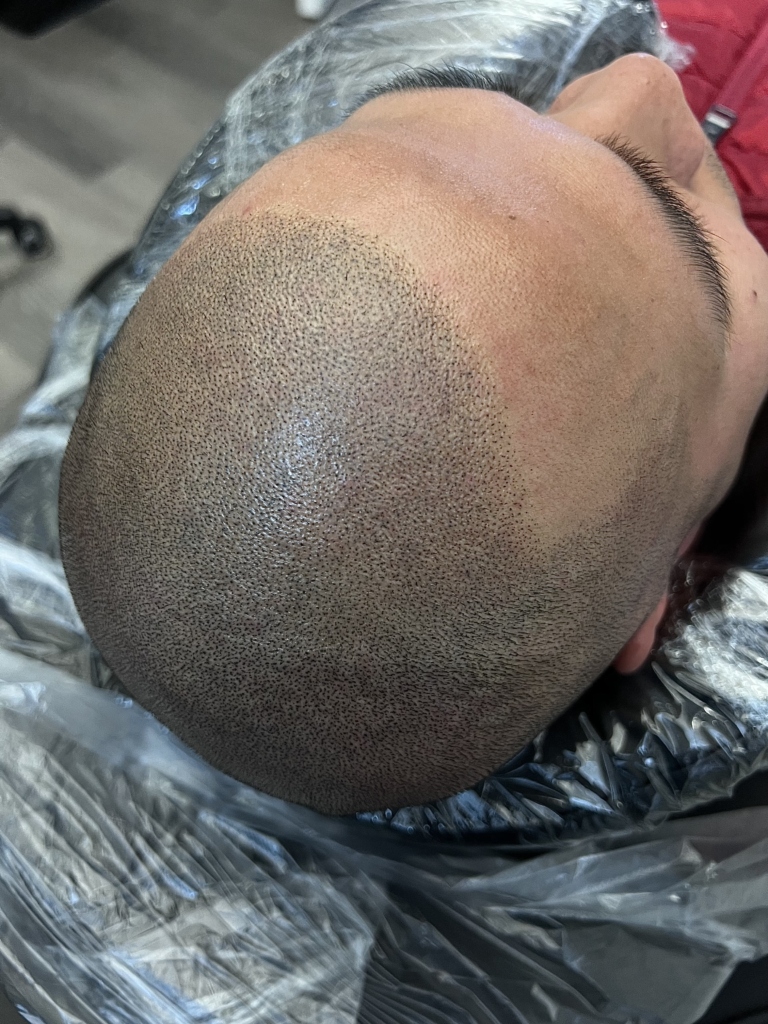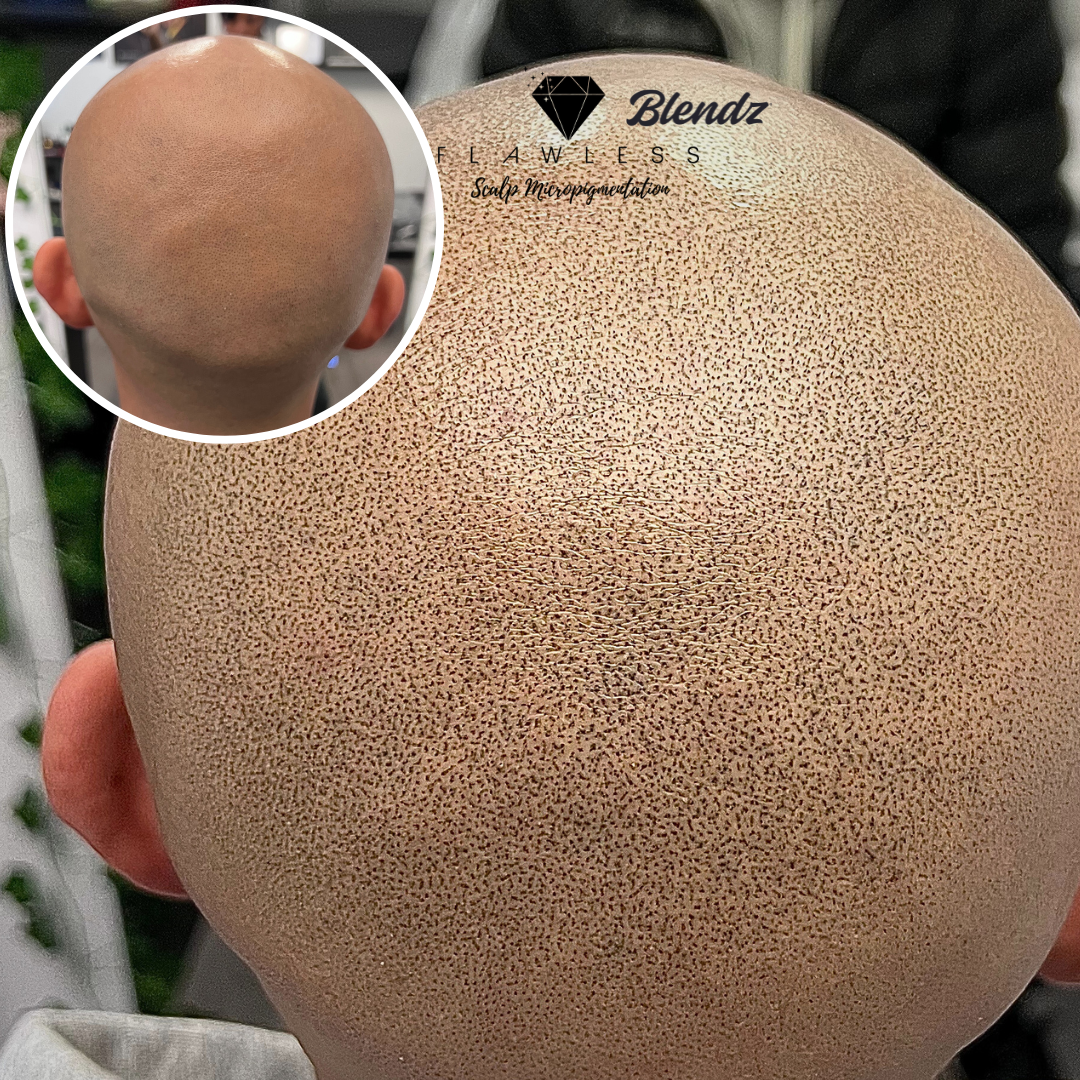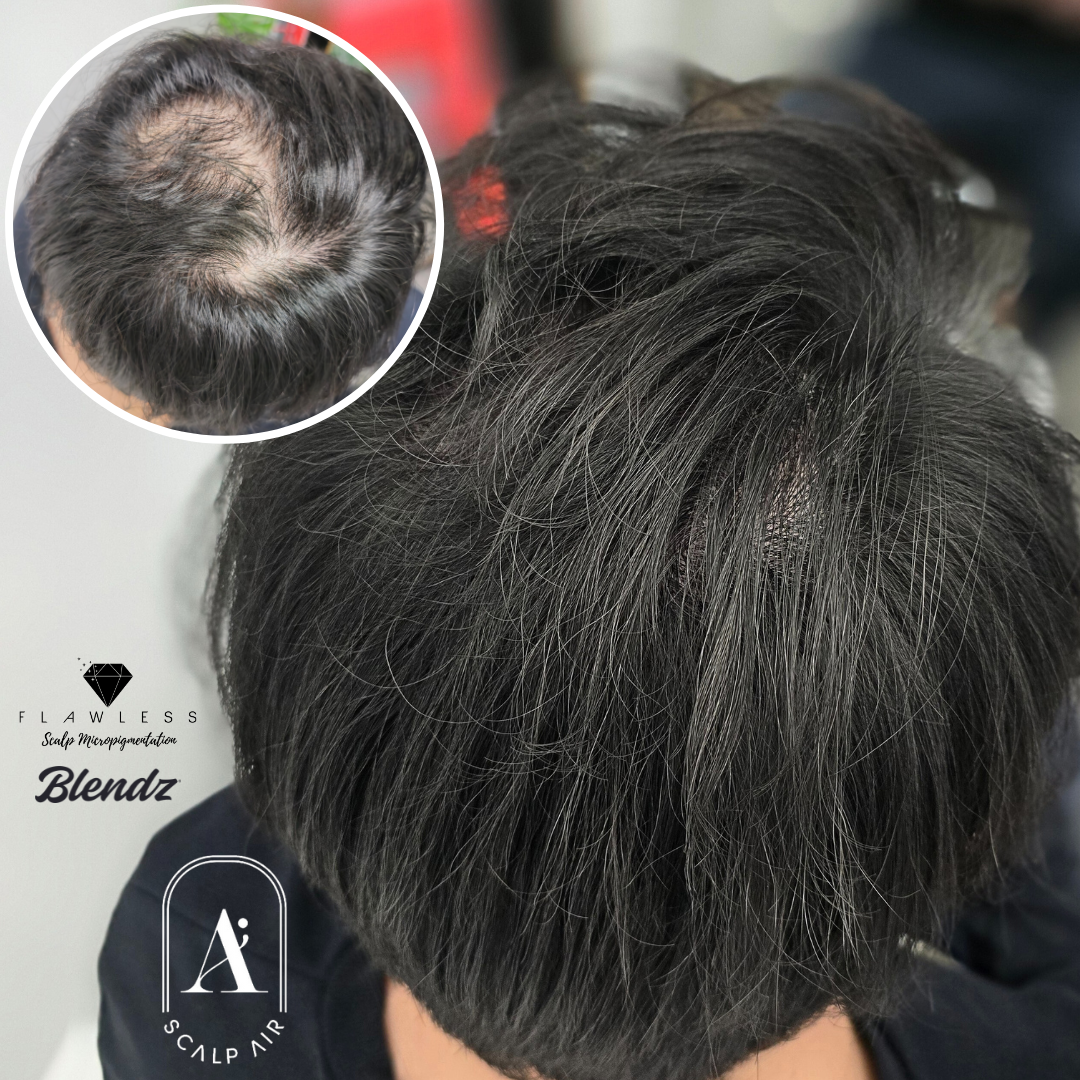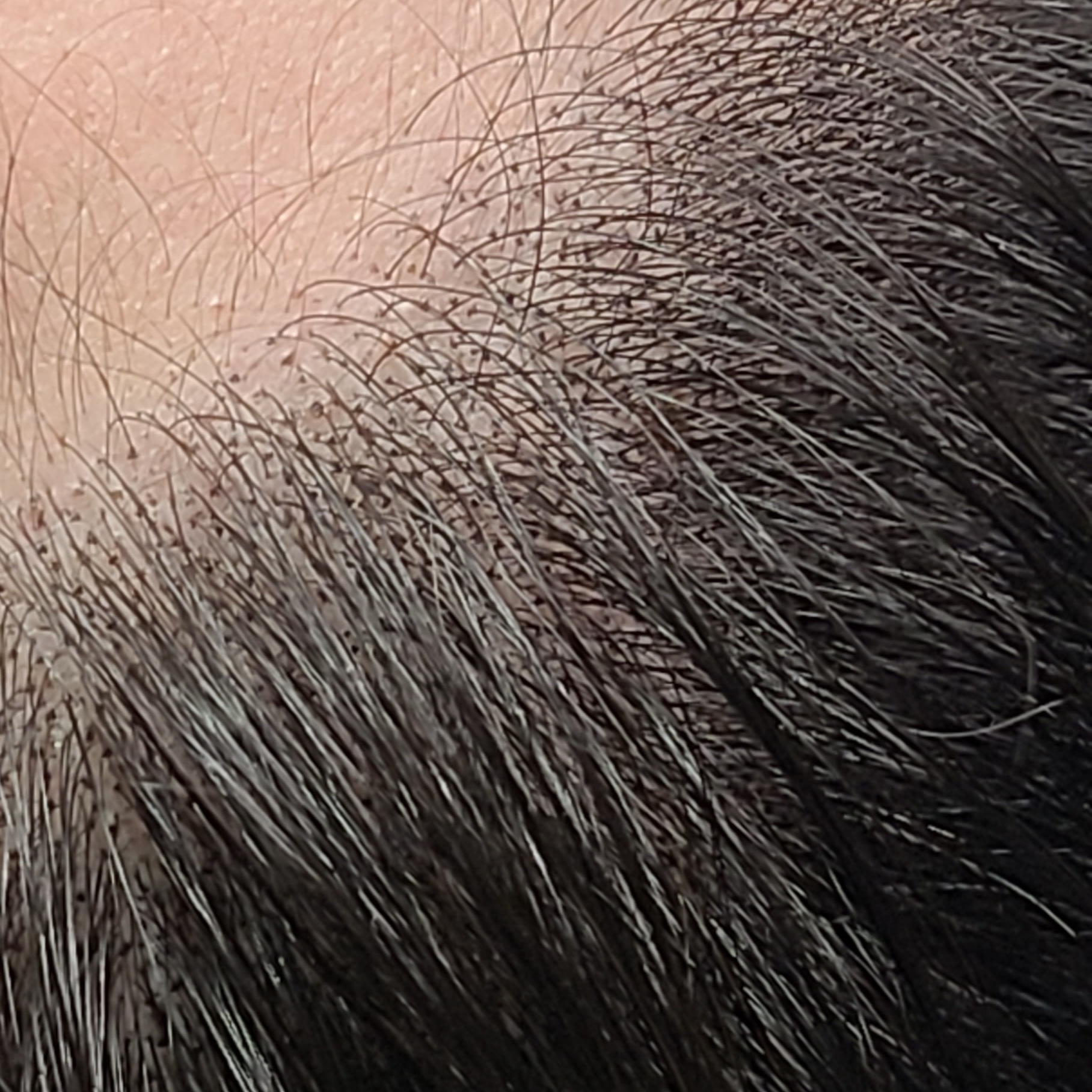 The Importance of Preparing for Scalp Micropigmentation and Following Post-Care Instructions
The Importance of Preparing for Scalp Micropigmentation and Following Post-Care Instructions
Scalp micropigmentation (SMP) is a highly effective cosmetic procedure designed to replicate the appearance of hair follicles on the scalp, creating the illusion of a fuller head of hair. While the procedure itself is crucial for achieving desired results, the importance of thorough preparation and diligent post-care cannot be overstated. Proper preparation and post-care are essential for ensuring optimal outcomes, reducing the risk of complications, and prolonging the longevity of the treatment. Here’s a comprehensive guide on the significance of these steps and how they contribute to the best possible results.
Pre-Care Instructions: Setting the Stage for Success
1. Research and Consultation
Before diving into the procedure, it’s essential to conduct thorough research and have a detailed consultation with a certified SMP practitioner. This helps in understanding the process, setting realistic expectations, and addressing any concerns.
2. Scalp Condition
Ensure your scalp is in good condition before the procedure. This includes avoiding any recent sunburns, cuts, or irritations. A healthy scalp provides a better canvas for the micropigmentation process.
3. Clean Scalp
On the day of your appointment, wash your scalp thoroughly to remove any dirt, oil, or residual hair products. A clean scalp ensures better pigment absorption and reduces the risk of infection.
4. Avoid Blood Thinners
In the days leading up to your procedure, avoid blood thinners such as alcohol, aspirin, and certain supplements (like Vitamin E and fish oil), as they can increase the likelihood of bleeding and bruising during the treatment.
5. Stay Hydrated and Well-Rested
Hydration and adequate rest are crucial for overall skin health. Drinking plenty of water and ensuring you are well-rested can improve the condition of your skin, making it more receptive to the SMP procedure.
Post-Care Instructions: Ensuring Longevity and Quality
1. Protect the Treated Area
After the procedure, your scalp will be sensitive. Avoid direct sun exposure, heavy sweating, and swimming for at least a week. UV rays can cause the pigment to fade prematurely, and moisture can increase the risk of infection.
2. Gentle Cleansing
For the first few days post-procedure, gently cleanse your scalp with lukewarm water and a mild, fragrance-free cleanser. Avoid scrubbing or using harsh shampoos, as this can irritate the treated area.
3. Moisturization
After the initial healing period (around four days), start moisturizing your scalp regularly with a light, non-greasy lotion recommended by your practitioner. This helps keep the skin supple and promotes healing.
4. Avoid Heavy Exercise
Intense physical activity that causes heavy sweating should be avoided for at least five to seven days post-procedure. Sweat can irritate the treated area and potentially cause complications.
5. Follow-Up Appointments
Attend all scheduled follow-up appointments with your practitioner. These sessions are crucial for assessing the healing process and making any necessary touch-ups to ensure the best results.
6. Avoid Haircuts and Shaving
Do not shave or cut your hair for at least ten days post-procedure. This allows the scalp to heal without any disturbances, ensuring the pigment settles correctly.
7. Long-Term Care
To maintain the quality of your SMP, continue to protect your scalp from excessive sun exposure, use gentle hair care products, and stay hydrated. Regular touch-ups every few years may be necessary to keep the pigment looking fresh and natural.
Scalp micropigmentation can dramatically enhance the appearance of your hairline and boost your confidence. However, the success of this treatment heavily relies on how well you prepare for the procedure and adhere to post-care instructions. By taking the necessary pre-care steps, you ensure your scalp is in the best possible condition for the treatment. Diligent post-care, on the other hand, helps in minimizing complications, promoting healing, and prolonging the life of your SMP. By following these guidelines, you can achieve the best possible results and enjoy the benefits of scalp micropigmentation for years to come.
















